Much is said about electrification killing compact vans in the USA. The truth, however, is that they have another, way older enemy: the chicken tax
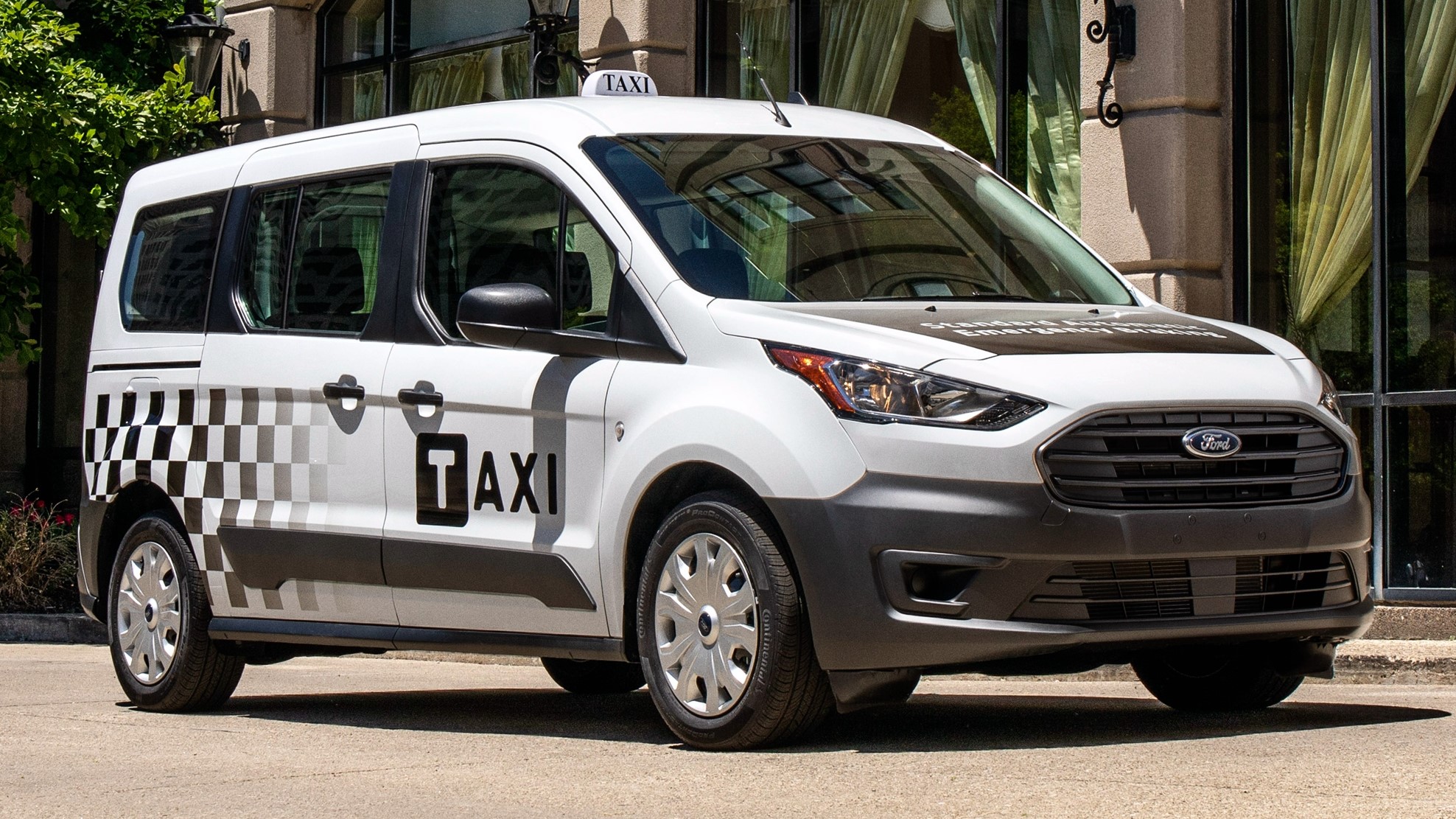
Professional cars are all about efficiency. Design, horsepower, material quality, all that plays a secondary role when compared to fuel consumption, payload, or internal space. Whether they are passenger vans, cargo vans, or pick-up trucks, they have to meet work criteria above anything else. If they manage to look good and be pleasant to drive too, great. That makes them interesting options in their segment.
At first glance, it seems easy to meet such rational and numeric criteria. The problem is that it is also easy to be thrown out of competition. For example, why would you buy van A if van B offers pretty much the same but costs less? When it comes to compact vans, the North American laws have turned their market into a unique situation in that regard. We are going to give that topic a closer look at this article.
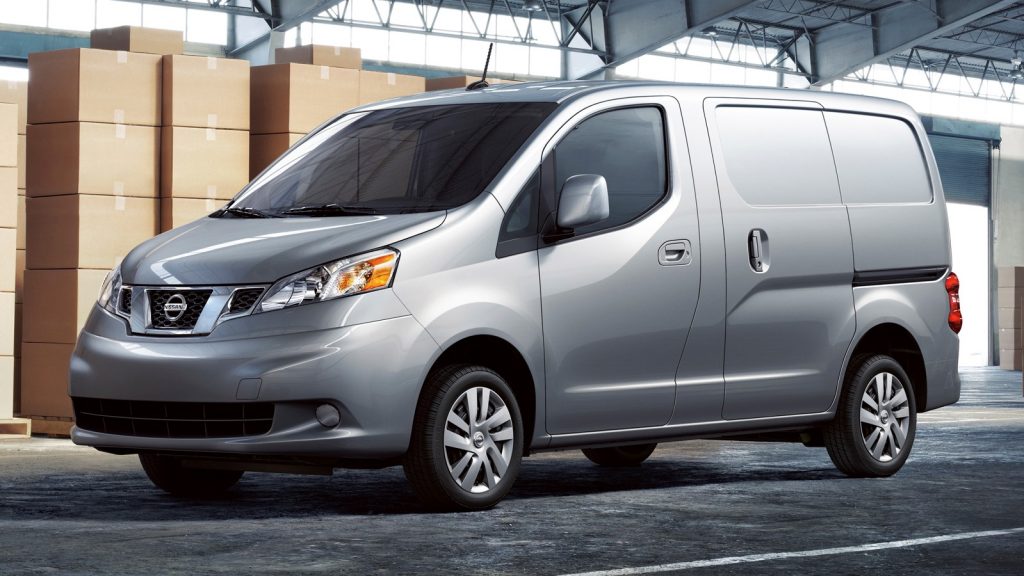
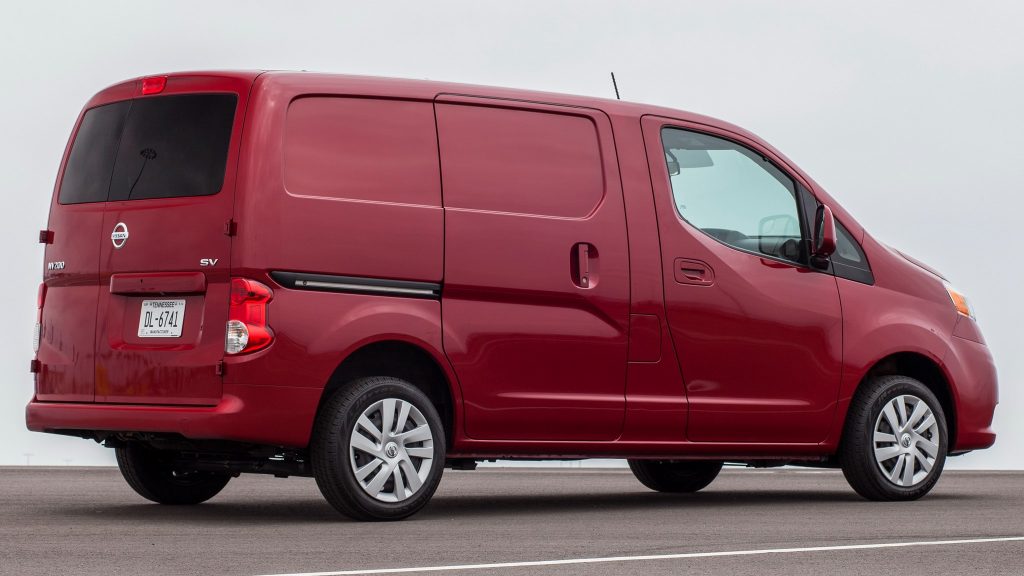
Compact vans vs electrification
Let us start with the most intuitive issue. The current market offers mainly three categories of professional vans. Large ones like the Mercedes-Benz Sprinter, medium ones such as the Citroën Jumpy, compact vans like the Volkswagen Caddy, and a few subcompact ones like the Fiat Fiorino. In the USA, the market segment has many large models and used to have an assorted selection of medium and compact ones.
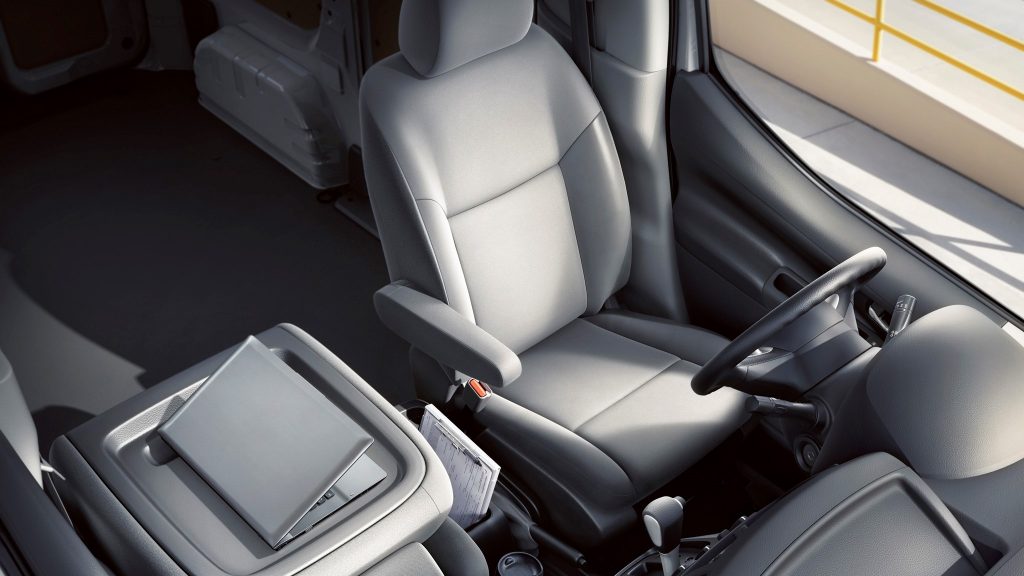
Larger vans can carry and/or tow larger and heavier volumes on each trip. However, the smaller ones are easier to drive in urban traffic and consume less fuel. Professional clients must understand their payload demand and where their vans typically go in order to choose the best model. Companies like Amazon and UPS prefer large vans while small businesses usually make do with compact vans.
Once companies electrify all vans, that situation will become the same, only with much better energy use. The problem is that we are still moving towards that. In this meantime, companies are focusing on large vans because their profit margins reduce the impact of implementing electric powertrain. However, that ends up making them more efficient than the smaller ones, which are still mainly powered by fuel.

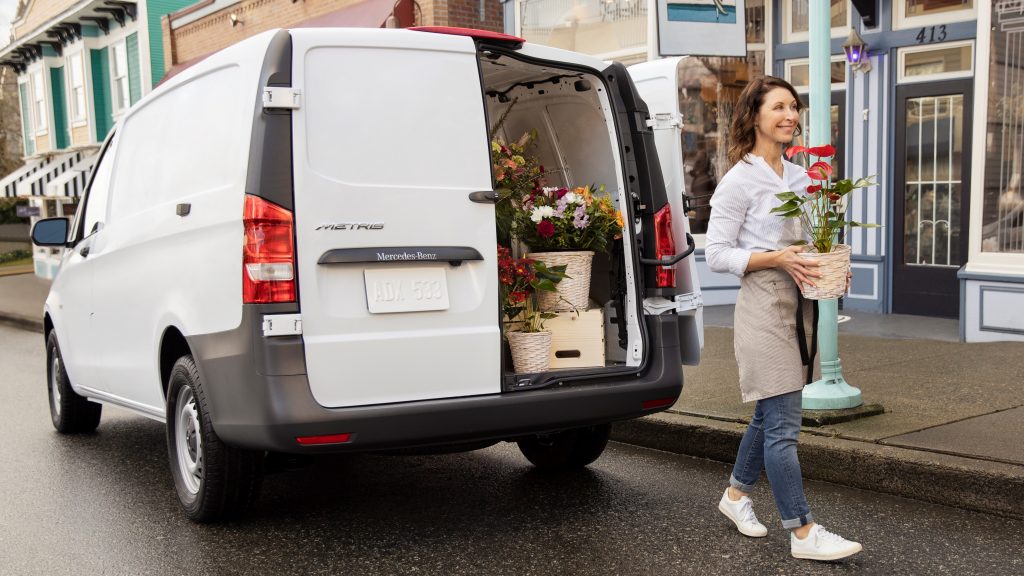
What about the chicken tax?
Now, we have to give you some context. In the 1950s, Europe was recovering from World War II and one implication is that its agricultural activity was low. There was no means to produce poultry at large scale and that made chicken, for example, scarce and expensive. The US, on the other hand, was implementing new farming techniques that eventually made its production boost. Chicken became a staple food.
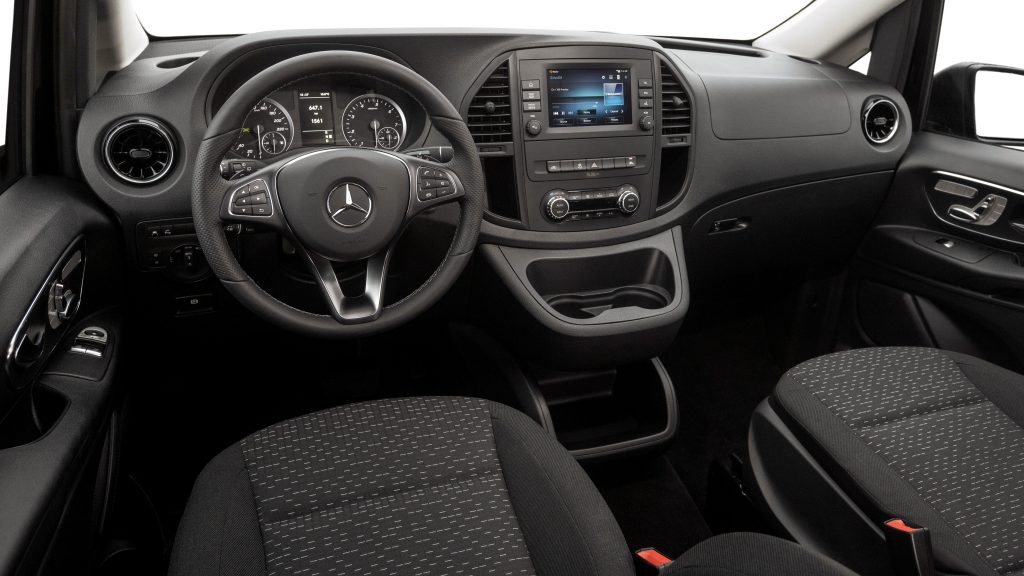
It was simply natural for the US to start exporting excess chicken to Europe. That would meet the demand overseas and increase farmers’ revenue, since local prices were near all-time lows. Things would change in 1961 because European governments claimed that US imports were driving local farmers out of business. They imposed stiff tariffs and price controls, and chicken producers quickly saw their sales drop.
US and Europe tried to negotiate but had no success – the tension of the Cold War certainly did not help. The situation reached a point where the issue of chicken trade was taken to a NATO debate about nuclear disarmament. In January 1964, US President Lyndon Johnson took a firm step to end that discussion: he retaliated with tariffs on some European products. Including, as you can imagine, commercial vans.
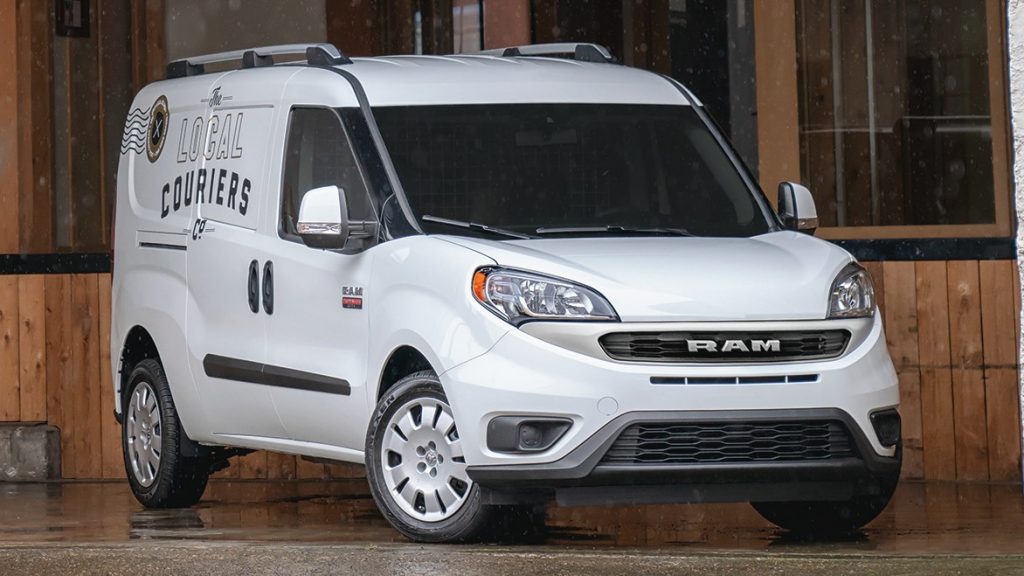

What is the relation to cars?
The 1960s were also a time when foreign cars posed a serious threat in the US. Volkswagen, for example, subverted the local preferences for large cars and had enormous success with the Bug and the Bus. The problem reached a point where the United Auto Works threatened a strike. More specifically, a major strike that would interrupt the entire local auto production right before the 1964 presidential election.

President Johnson acted again by adding light trucks to the Chicken tax – the original plan only included brandy, dextrin, and potato starch. Besides quickly appeasing local auto workers, the move supported Johnson’s civil rights agenda. With that change, any automobile classified as a light truck collects a 25% tariff to enter the US while industrial products in general collect only 2% on average.
As you can imagine, the VW Bus’ sales plummeted right away. Foreign light trucks suddenly became more expensive and, as a result, less competitive than local ones. However, some automakers did not want to abandon the game just like that. Compact vans like the ones in this article’s pictures were only the latest examples of an old practice. The practice of finding loopholes to literally circumvent the chicken tax.


Compact vans vs chicken tax
In the early 1970s, Chevrolet and Ford found the “chassis cab” loophole. They imported the LUV and the Courier from Japan with the cabin but not the pickup bed. That allowed them to pay a 4% tariff instead of the 25%. They would only receive the bed in the US, so they could be regularly sold as light trucks. Then again, President Jimmy Carter closed that loophole in 1980, which made the companies change plans.
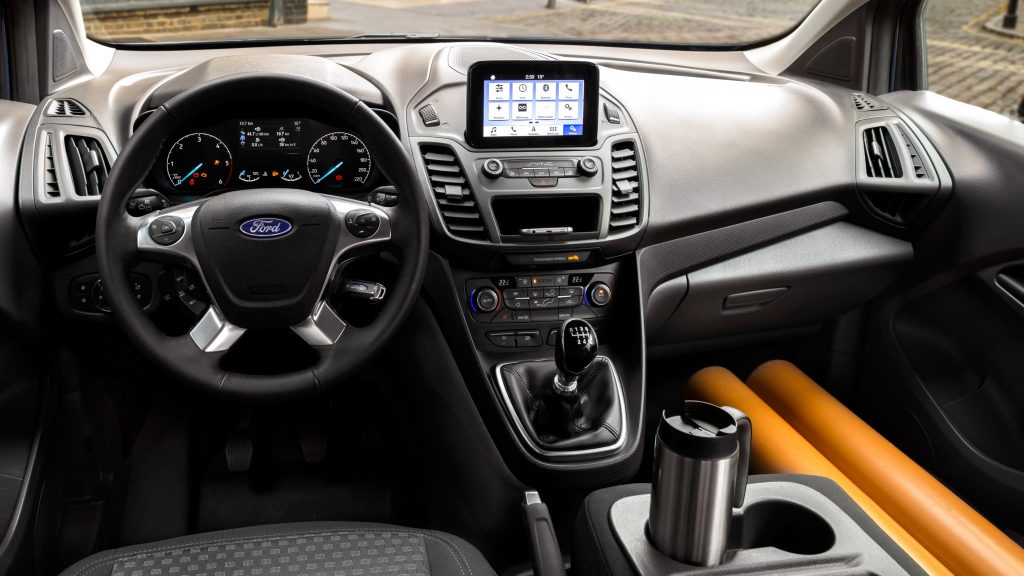
More recently, Mercedes-Benz has taken a more conventional approach with the Sprinter. It imports the van’s parts from Europe to a specific facility in South Carolina. Local Mercedes-Benz assemble everything there, which makes it possible to classify the vans as local products exempt from the chicken tax. The car industry often refers to this strategy as Completely Knocked Down (CKD) kits for local assembly.
When it comes to compact vans, Ford and RAM pulled a similar trick. They would import the ProMaster City and the Transit Connect with rear seats to classify them as passenger vehicles. Then, they would take the vans to local facilities to remove those seats and finish the conversion to cargo models. That, hidden in plain sight, was yet another way to sell foreign vehicles without the 25% tariff of the chicken tax.
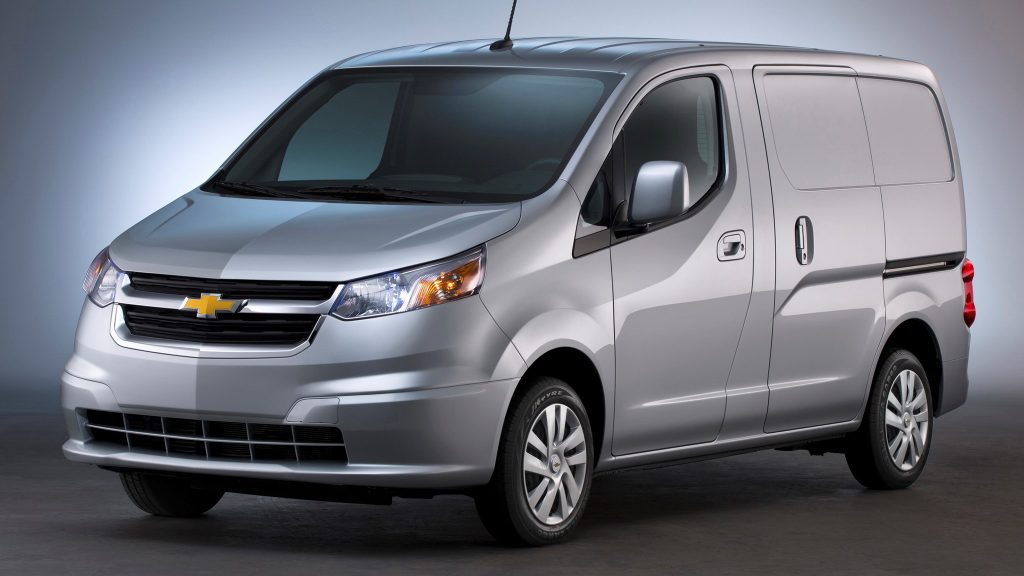
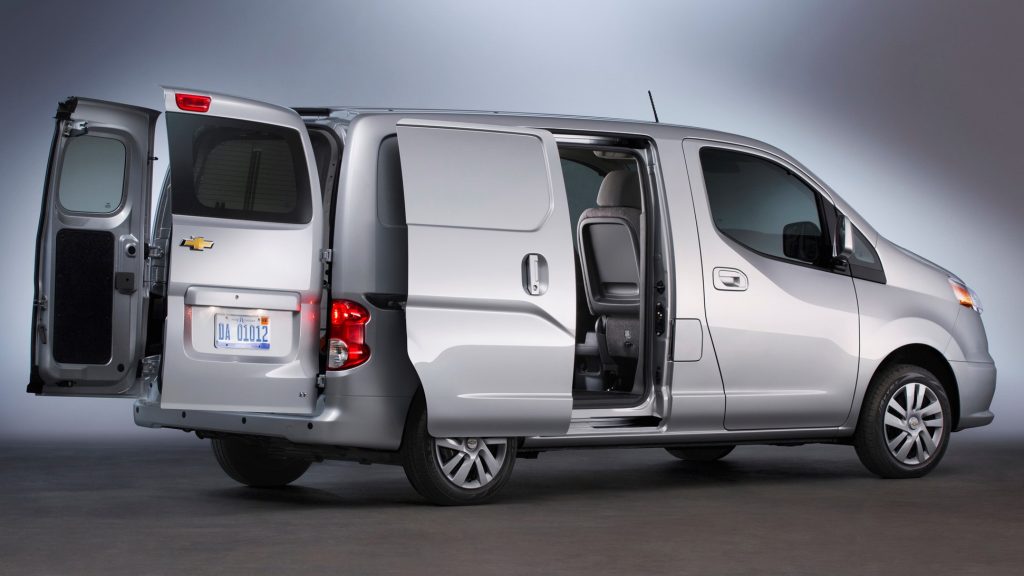
Compact vans in the USA
The government lifted the chicken tax for those other products in a short time. It persists for light trucks mostly because of lobbying from local automakers. The result is that foreign models such as the vans in the pictures have a disadvantage from the beginning. There are clever ways to work around that, sure, but they can easily vanish. All it takes is for the government to start looking for more loopholes to close.
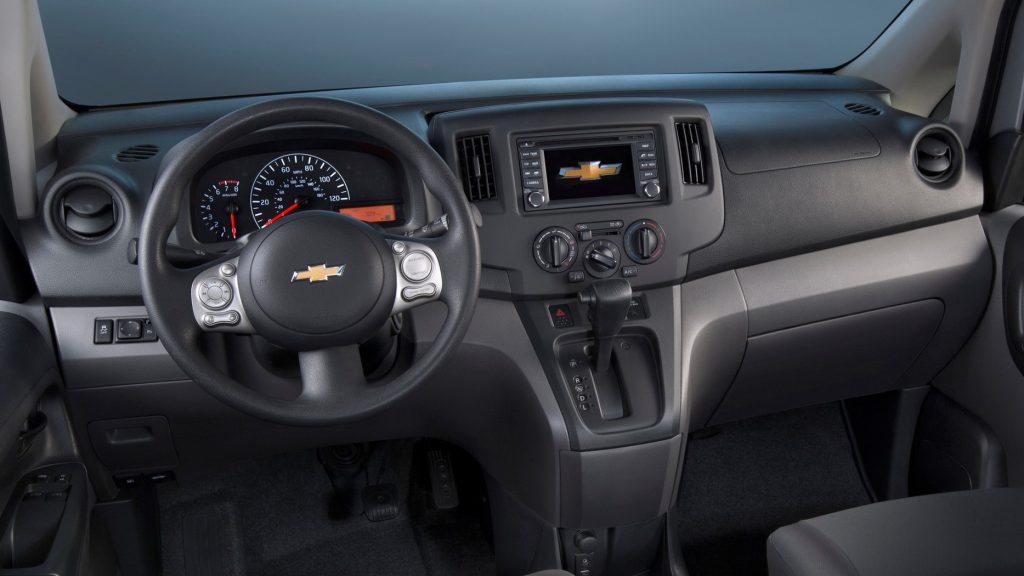
More recently, electrification has become a selective problem. Larger vans became much more efficient, and their profit margins lead to a moderate price increase. In that scenario, compact vans with gasoline engines become much less competitive. They do not have a chance even at the passenger versions since their minivan-like image stays far from the emotional appeal that SUVs have nowadays.
If you have been reading the news about the car world, you know that electrification is moving forward at a high rate. It is only a matter of time before it reaches midsize and compact vans with adequate ranges and competitive prices. As Jalopnik puts it, “they’re just taking a gap year, or two, until carmakers realize that EVs and small vans are probably a good fit”. Do you believe that compact vans will come back?
Danillo Almeida has explored his passion for cars in two distinct ways. The first one is his graduation course in Mechanical Engineering, which will hopefully lead to a job position in the field. The other one is expressing his knowledge and opinions on the matter through writing. Almeida has already contributed to blogs, stores, and websites in general writing automotive content in many formats.



